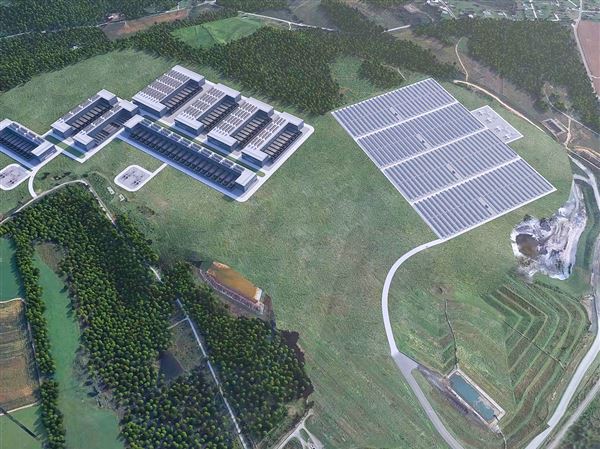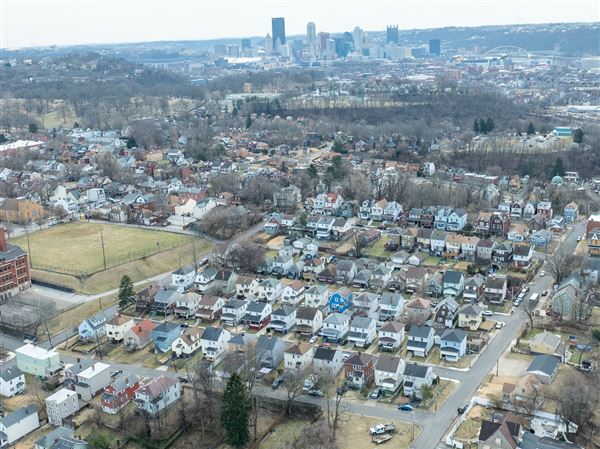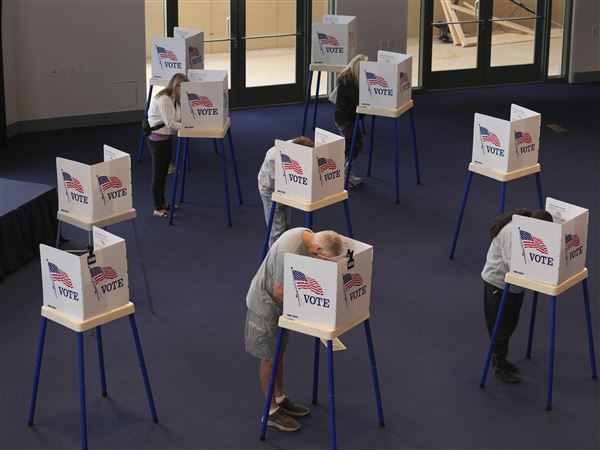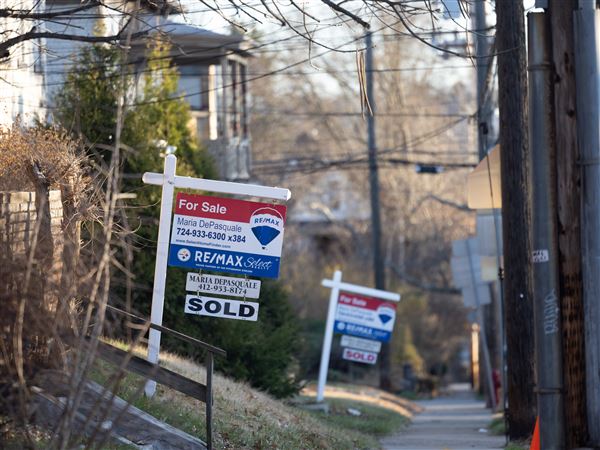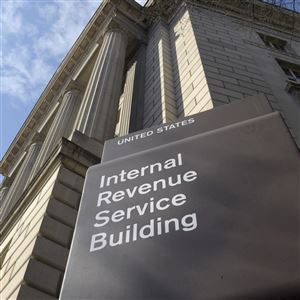Pennsylvania residents who need help paying their heat and electric bills have a week left to apply for LIHEAP grants, as the future of the popular federal program faces uncertainty.
The Low Income Home Energy Assistance Program, which has been around since 1981, was allocated $4.1 billion last year. The money gets broken up into block grants and is distributed to states to help low-income residents pay their energy bills, avoid losing service, and, in some cases, fund emergency furnace repairs.
The program’s federal staff of around two dozen people was eliminated earlier this month as part of the Trump administration’s mass firings at the Department of Health and Human Services, throwing into question the future of the program and the logistics of distributing the remaining 10% of the current year’s allocation.
For Pennsylvania, which has already received most of its allocation for the current fiscal year, that 10% portion amounts to about $20 million.
That might have helped the state extend the program past the current April 18 closing date, said Elizabeth Marx, executive director of the Pennsylvania Utility Law Project.
She noted this is a critical period for struggling ratepayers, with utility shutoffs back in play after the annual winter moratorium that bars companies from disconnecting service to income-qualified customers between Dec. 1 and March 31.
“We are in peak termination season, as of April 1,” she said. “
Data collected by the Pennsylvania Public Utility Commission shows that terminations spike in April when the shutoff ban is lifted for low-income households.
For example, in Duquesne Light territory, 584 customer accounts were shut off during the first three months of last year, when the moratorium was in effect. In the following three months, 10,213 customers lost their service for non-payment.
The trend is even more stark with gas utilities. Columbia Gas and Peoples Natural Gas combined had only two dozen terminations during the winter months last year. When the period expired, around 18,000 households were shut off in April, May and June.
“This is the most crucial time that LIHEAP be available to households to make sure they’re going to have energy services into the hot months,” Ms. Marx said.
The state’s LIHEAP closing date is a bit of a moving target each year. It depends on how much money the state receives, how many households apply for assistance and when the small, last chunk of funding is disbursed.
This year, as in some prior years, the state first estimated it would run out of money by April 4 but extended the closing date until April 18.
In some years, the program was kept open into May, Ms. Marx said.
The Pennsylvania Department of Human Services said that “currently, there are no changes to the program in Pennsylvania.
“We have not received the last 10% of federal LIHEAP funding,” the agency’s press secretary Brandon Cwalina said. “If and when DHS receives the remaining 10%, DHS will determine the best way to allocate that funding.”
The agency typically learns what next year’s federal grant will be in the fall, before the heating season begins, Mr. Cwalina said.
The first Trump administration tried to eliminate funding for LIHEAP, but Congress declined to go along.
Among states and territories that receive LIHEAP funding, Pennsylvania ranks third behind New York and California in the size of its grant, which is determined through a formula that considers the socioeconomic and energy profile of the state.
Planning for the current fiscal year, the Pennsylvania Department of Human Services estimated that the federal funding would be enough to give more than 300,000 cash grants — paid directly to utilities to lessen a customer’s energy burden — and about 90,000 crisis grants for households in imminent danger of losing utility service. Customers that meet the income qualifications, set at 150% of the federal poverty level or below, can receive grants up to $1,000.
The state agency urged those who need help to apply before the program closes next week. To apply, visit www.compass.dhs.pa.gov or contact your county assistance office.
First Published: April 9, 2025, 8:56 p.m.
Updated: April 10, 2025, 7:41 p.m.
